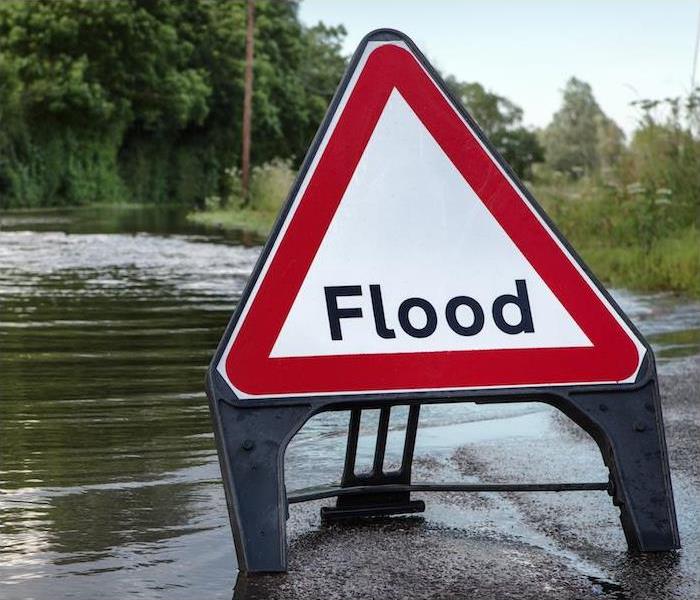The 3 Main Types of Flooding & the 4 Things That Often Cause Them | SERVPRO® of Barron, Dunn & Rusk Counties
4/5/2022 (Permalink)
 Regardless of the cause of the flooding, SERVPRO of Barron, Dunn & Rusk Counties has the team to help you recover from any disastrous event.
Regardless of the cause of the flooding, SERVPRO of Barron, Dunn & Rusk Counties has the team to help you recover from any disastrous event.
When most people think natural disasters, they think about hurricanes, tornadoes and lightning. However, floods are actually the most common type of natural disaster, and the deadliest as well. Floods can impact a large amount of area in a small amount of time, and leave a serious amount of destruction in their wake.
There are three main types of flooding, with four main causes, and these can occur nearly anywhere. Today, we will be taking a look at the types of floods and what makes them occur.
Flash floods, as the name indicates, can come about rather quickly. When a storm front brings about seriously heavy rain, whether over a prolonged period or all at once, it can overwhelm an area’s ability to drain off water effectively, leading to overflow that can run swiftly enough to carry away people and objects.
River floods happen when a river becomes too full of water, typically due to rainfall or melting snow and ice. Any time water overwhelms a riverbank, a river flood can occur.
Coastal floods are just like river floods, but occur exclusively in coastal areas. Oceans and bays can rise in volume due to storm surges or cyclones, leading to an overflow that causes flooding within the coastal area.
Heavy rainfall. If a storm has a significant amount of rain, or if the storm cell stops over an area, floods become likely. This is especially true in urban areas, as a high volume of concrete and asphalt can inhibit an area’s ability to absorb significant amounts of water.
Oceanic activity. A storm surge, hurricane or a swiftly rising tide can cause water levels to rise tremendously, which will then cause a coastal flood.
Dams and levees failing. Because of the memorable destruction of Hurricane Katrina in 2005, many people are very familiar with how terrible a breaking levee can be. Dams and levees often fail due to a high volume of water overwhelming the structure, leading to a massive flood.
Snowmelts and ice dams. When there is snow and ice that accumulates through the winter season, the first bout of warm weather can lead to quite a lot of melting—and this can cause a high volume of water to overwhelm an area. This is often made worse by ice dams or ice jams in areas with rivers, which cause a blockage in the current that can lead to flooding.
Regardless of the cause of the flooding, SERVPRO has the tools and teams to help your home or business recover from its disastrous effects. Contact us anytime when flooding or water damage makes a mess in your life.






 24/7 Emergency Service
24/7 Emergency Service